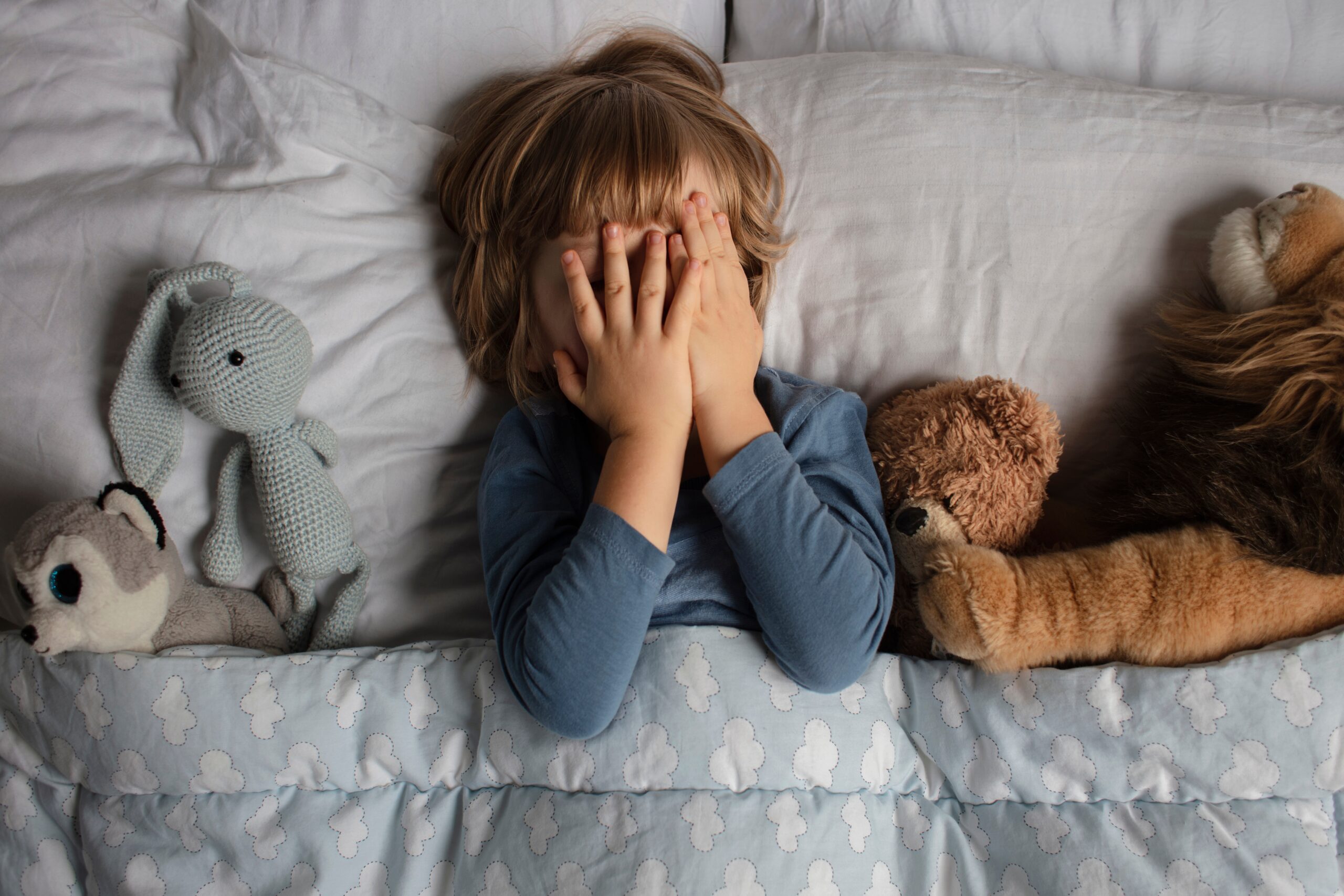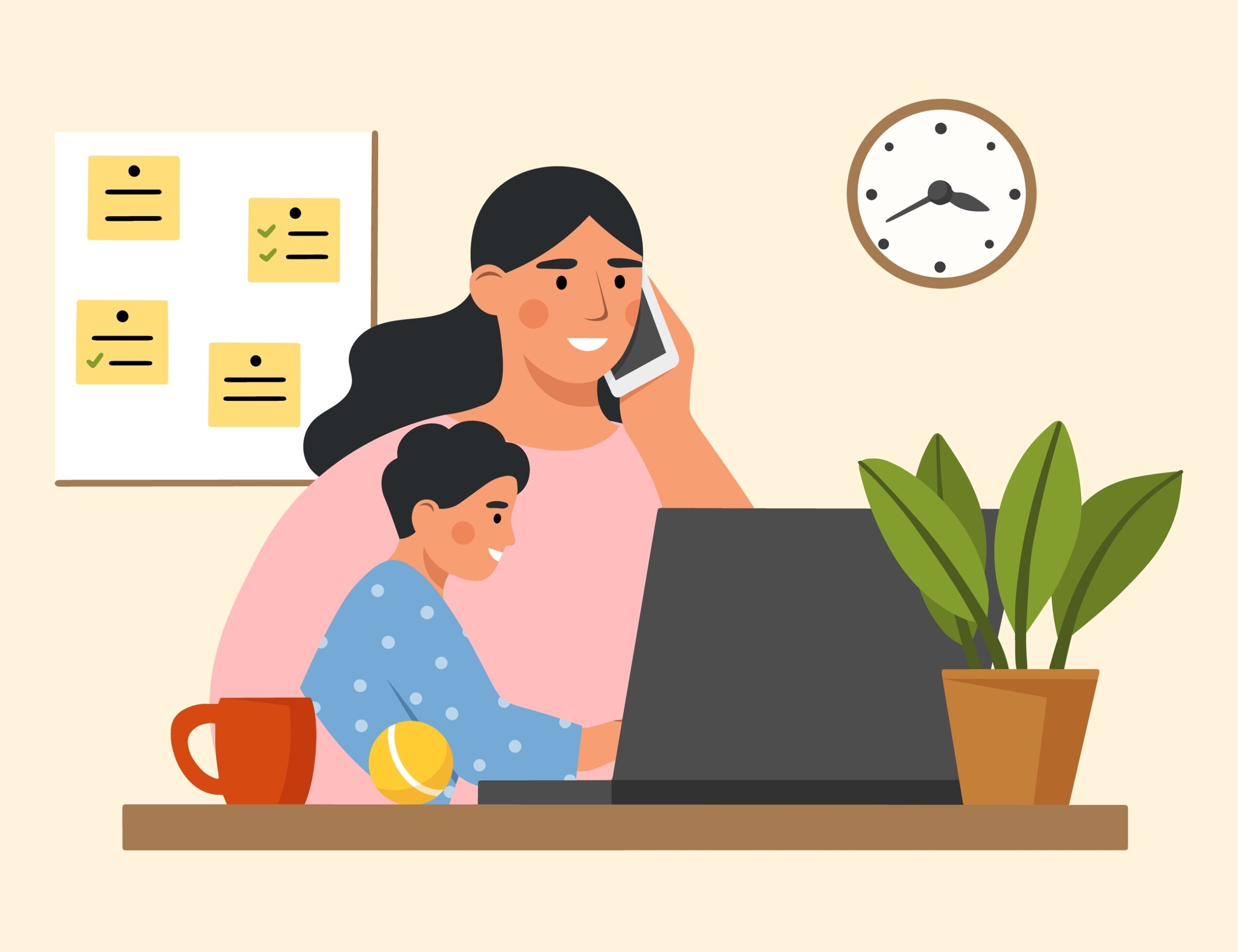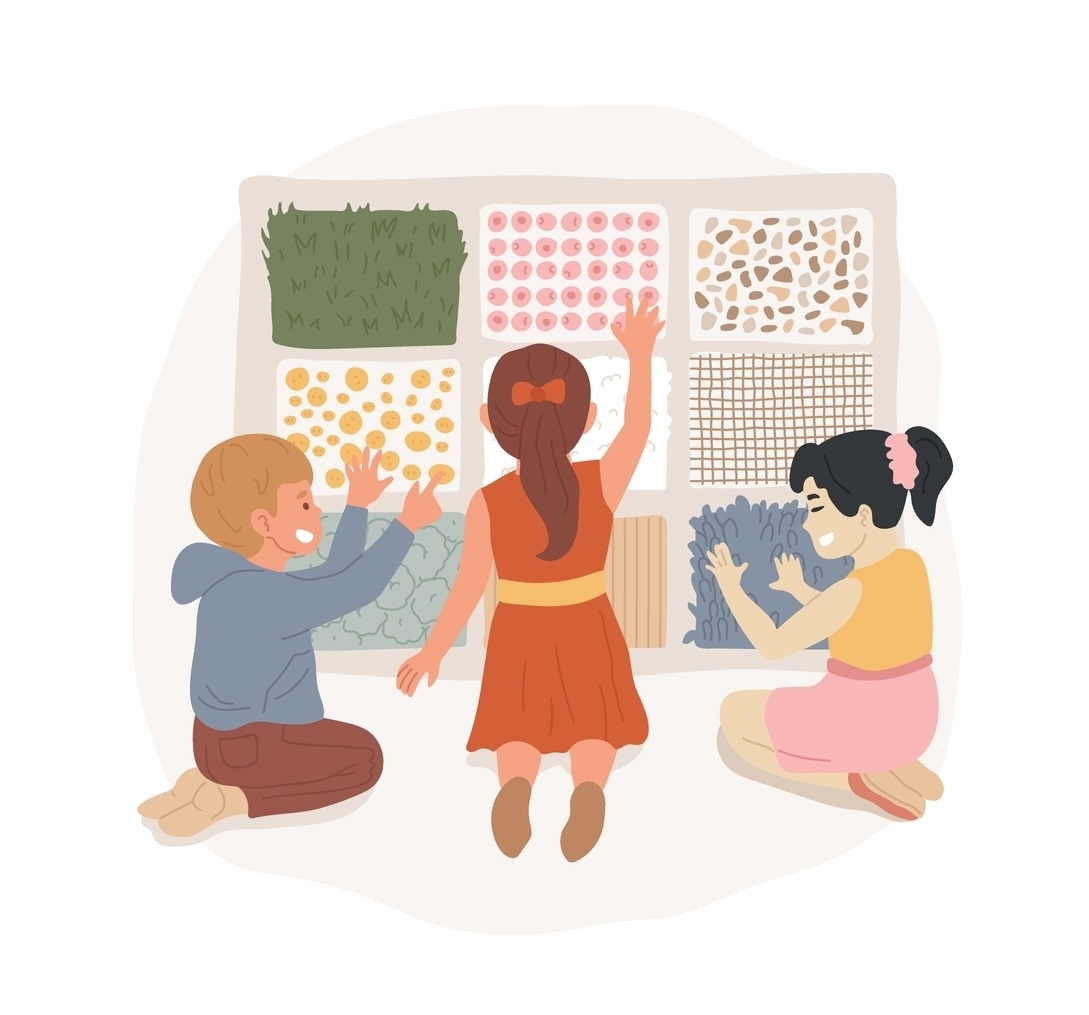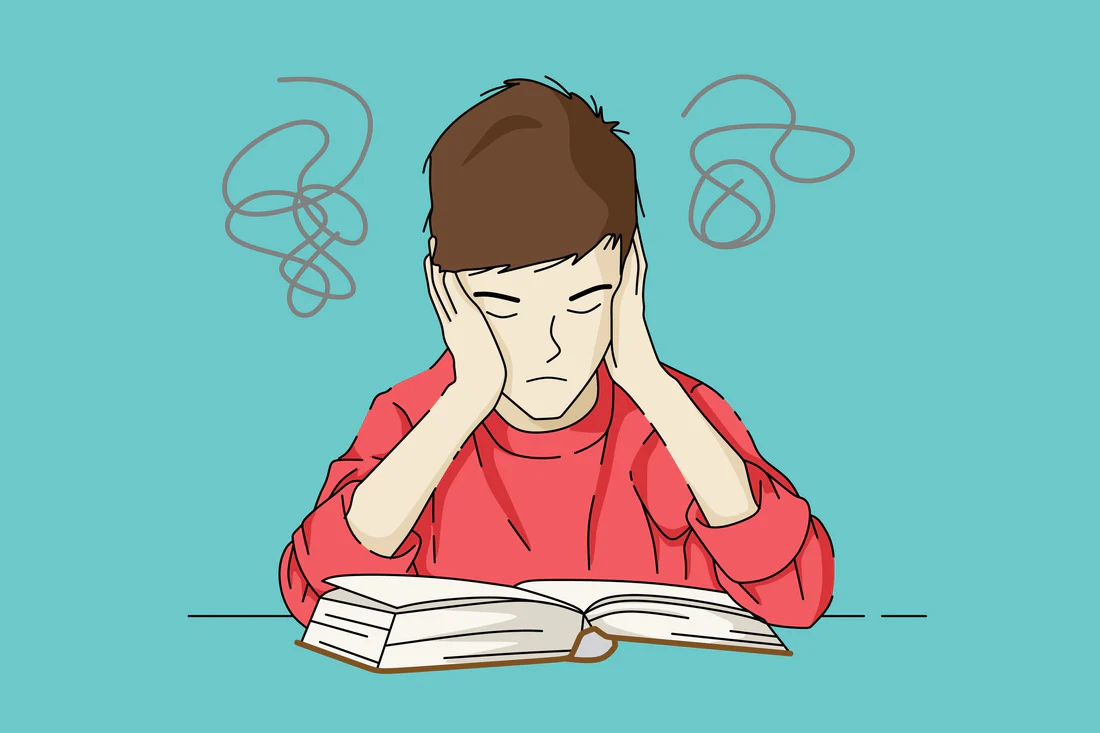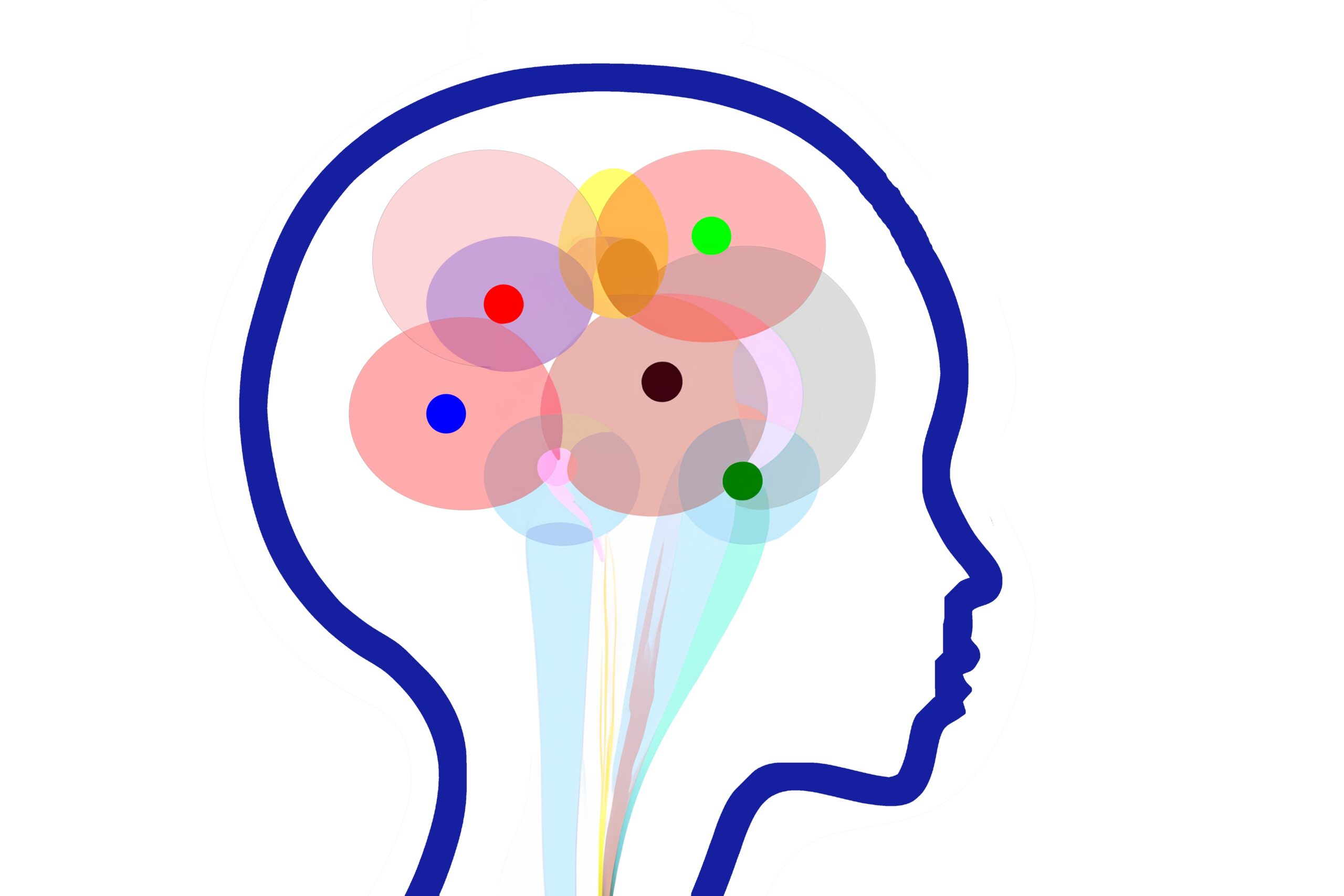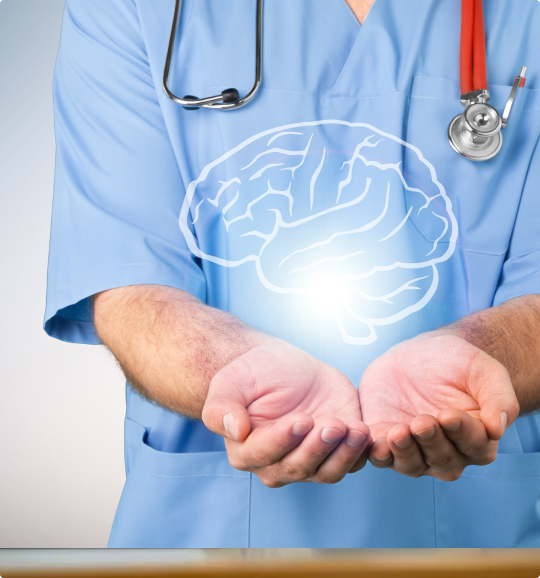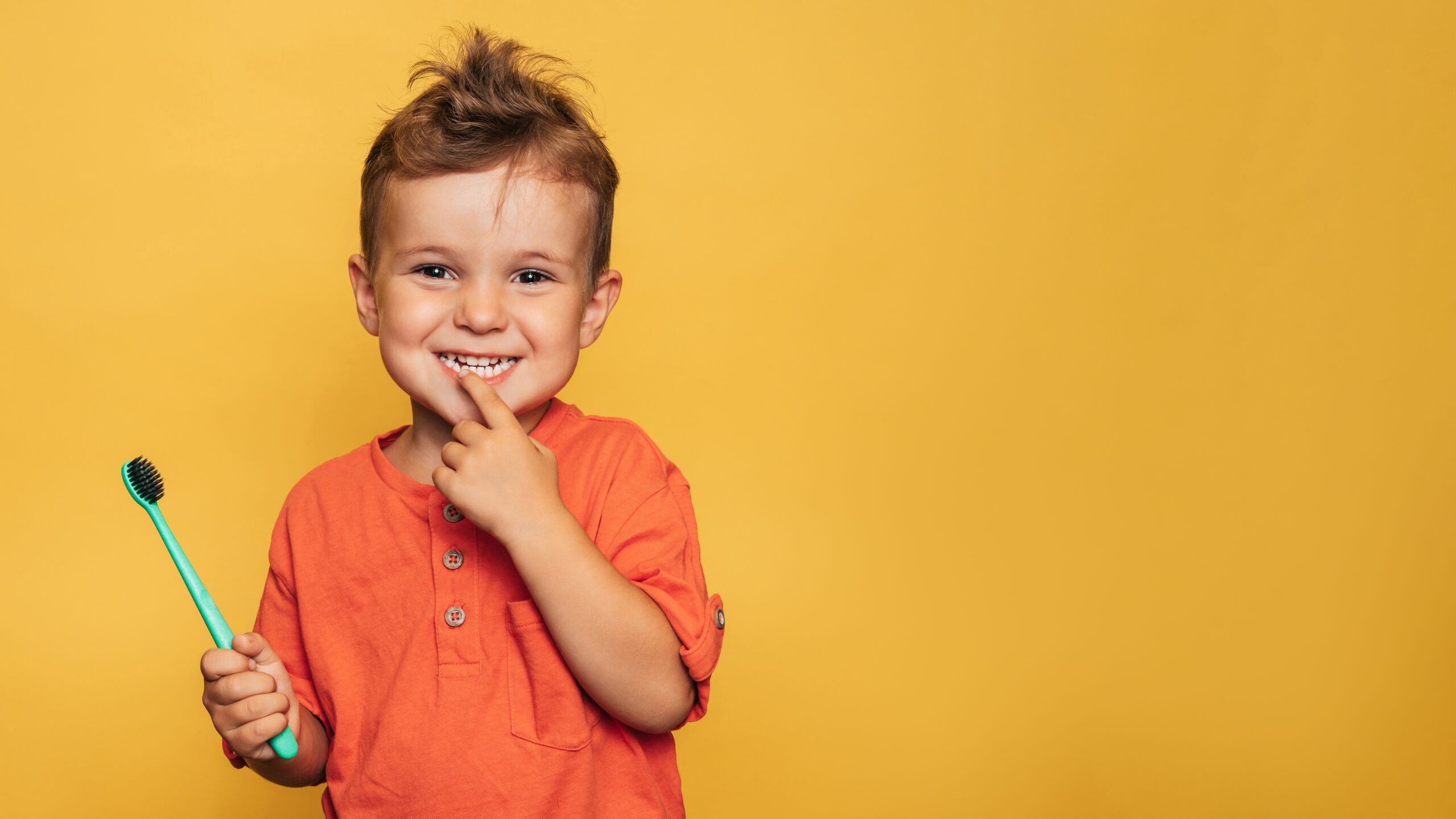
Sensory Processing Disorder
- Signs and Symptoms of Sensory Processing Disorder in Children
- Sensory Processing Disorder in Teens: Signs, Symptoms, Diagnosis & Treatment
- Sensory Processing Disorder (SPD) in Adults: Signs, Diagnosis, Treatment & Coping Strategies
- Types of Sensory Processing Disorder (SPD): Symptoms, Characteristics & Treatment
- Sensory Processing Disorder Treatment Options & Best Therapies for SPD in Children and Adults
- Living with Sensory Processing Disorder: Daily Tips, Support Strategies, and Family Guidance
- Vestibular and Proprioceptive Processing in Sensory Processing Disorder (SPD)
- Causes and Risk Factors of Sensory Processing Disorder (SPD): What Science Knows
- How Is Sensory Processing Disorder Diagnosed? Tests, Signs, and Evaluation Tools
- Stimming Behaviors in Sensory Processing Disorder: What They Are and Why They Matter
- Sensory Processing Disorder and Learning: How Sensory Challenges Affect Education
- Sensory Diet Strategies for Kids: Effective Tools for Sensory Regulation
- Sensory Integration Disorder and Sensory Integration Therapy
- Sensory Discrimination Disorder
- Sensory Modulation Disorder: Symptoms, Subtypes, and Treatment Strategies
- Sensory Over-Responsivity (SOR): Signs, Causes, and How to Help Kids and Adults Cope
- Sensory Under-Responsivity: Signs, Causes, and Support for Children and Adults
- Sensory-Based Motor Disorder: Signs, Symptoms, and Effective Treatments for Children and Adults
- Visual Processing Disorder: Signs, Symptoms & How to Support Visual Learning Challenges
- Auditory Processing Disorder (APD): Symptoms, Diagnosis & Treatment for Children and Adults
- Sensory Seeking/Craving: Understanding, Identifying, and Supporting Sensory Seekers
- Dyspraxia (Developmental Coordination Disorder): Understanding SBMD and Its Impact
- Postural Disorder: Causes, Symptoms & Treatment | Sensory-Based Motor Disorder Guide
Sensory Processing Disorder and Learning: How Sensory Challenges Affect Education

Authored by: The DrSensory Editorial Team
Reviewed by: 🛡️ DrSensory Clinical Review Board
Last updated: June 2025
- Sensory Challenges in the Classroom Environment
- Early Signs of SPD in School-Aged Children
- Strategies for Supporting Students with SPD at School
- The Role of IEPs and 504 Plans in Sensory Support
- Does Sensory Processing Disorder cause learning disabilities?
- Can a child with SPD succeed in a mainstream classroom?
- Can SPD be mistaken for ADHD or a behavioral issue?
What Is Sensory Processing Disorder (SPD) and How Does It Affect Learning?
Sensory Processing Disorder (SPD) affects how the brain receives and responds to sensory information like sound, touch, movement, and visual input. In an educational setting, these sensory challenges can make it difficult for students to focus, follow directions, stay seated, or complete academic tasks.
SPD does not reflect a lack of intelligence or motivation. However, because the brain struggles to organize sensory input effectively, the child may appear distracted, overwhelmed, or oppositional. When unrecognized, SPD can lead to misdiagnoses, such as ADHD, or behavioral labels that don’t address the root cause.
Common Ways SPD Impacts Academic Performance
Students with SPD may struggle in several key areas:
- Attention and focus: Over-responsiveness to background noise, lights, or movement may cause frequent distractions.
- Fine motor skills: Difficulty holding pencils, cutting, or writing legibly can affect handwriting and participation.
- Following instructions: Multisensory input can be overwhelming, leading to difficulty processing verbal directions.
- Transitions: Moving from one task or classroom to another may trigger anxiety or behavioral responses.
- Social participation: Sensory issues can make peer interactions confusing or stressful.
Without accommodations, these students may fall behind academically or experience school-related anxiety and self-esteem issues.
Sensory Challenges in the Classroom Environment
Many classrooms are not designed with sensory-sensitive students in mind. Common triggers include:
- Fluorescent lighting and loud bells
- Crowded hallways and unpredictable transitions
- Scratchy uniforms or uncomfortable seating
- Noise from peers or classroom technology
These environmental factors can lead to sensory overload, causing meltdowns, withdrawal, or shutdowns. Creating sensory-friendly classrooms is key to reducing overwhelm and promoting learning.
Early Signs of SPD in School-Aged Children
Teachers and parents might notice:
- Frequent covering of ears or avoidance of loud spaces
- Difficulty sitting still or need for constant movement
- Avoidance of touch (e.g., line-ups, group activities)
- Repeated loss of focus, especially in busy environments
- Complaints about clothing, lights, or noise
Recognizing these early signs helps initiate support services and referrals for occupational therapy or sensory evaluations.
Strategies for Supporting Students with SPD at School
Supporting a student with SPD involves proactive strategies:
- Sensory breaks: Allow movement-based or quiet breaks throughout the day
- Alternative seating: Wiggle cushions, standing desks, or quiet corners
- Visual schedules: Reduce anxiety and help with transitions
- Noise-canceling headphones or white noise machines
- Fidget tools and adaptive writing tools
Collaboration between teachers, occupational therapists, and parents ensures that strategies are tailored to the child’s unique sensory profile.
The Role of IEPs and 504 Plans in Sensory Support
Children with SPD may qualify for support under:
- IEP (Individualized Education Program): For students who qualify for special education under categories like “Other Health Impairment” or “Developmental Delay.”
- 504 Plan: For students who don’t qualify for special ed but need accommodations to access learning.
Common accommodations include:
- Modified classroom environments
- Extended test time
- Occupational therapy services
- Access to sensory tools and quiet spaces
Documentation and collaboration ensure the child’s needs are legally supported and consistently met.
Does Sensory Processing Disorder cause learning disabilities?
SPD does not cause learning disabilities directly, but it can interfere with learning by disrupting attention, memory, motor skills, and classroom behavior. If left unaddressed, it may contribute to academic delays.
Can a child with SPD succeed in a mainstream classroom?
Yes. With the right supports—such as sensory accommodations, breaks, and teacher training—students with SPD can thrive in mainstream educational settings.
Can SPD be mistaken for ADHD or a behavioral issue?
Absolutely. Many symptoms overlap, including restlessness, distractibility, and impulsive behavior. A sensory-focused evaluation is essential to distinguish SPD from ADHD or other conditions.
This page provides general educational content and is not a substitute for professional medical advice. Always consult a licensed provider for diagnosis and treatment.
View privacy policy, copyright and trust info
More on SPD

- Signs and Symptoms of Sensory Processing Disorder in Children
- Sensory Processing Disorder in Teens: Signs, Symptoms, Diagnosis & Treatment
- Sensory Processing Disorder (SPD) in Adults: Signs, Diagnosis, Treatment & Coping Strategies
- Types of Sensory Processing Disorder (SPD): Symptoms, Characteristics & Treatment
- Sensory Processing Disorder Treatment Options & Best Therapies for SPD in Children and Adults
- Living with Sensory Processing Disorder: Daily Tips, Support Strategies, and Family Guidance
- Vestibular and Proprioceptive Processing in Sensory Processing Disorder (SPD)
- Causes and Risk Factors of Sensory Processing Disorder (SPD): What Science Knows
- How Is Sensory Processing Disorder Diagnosed? Tests, Signs, and Evaluation Tools
- Stimming Behaviors in Sensory Processing Disorder: What They Are and Why They Matter
- Sensory Processing Disorder and Learning: How Sensory Challenges Affect Education
- Sensory Diet Strategies for Kids: Effective Tools for Sensory Regulation
- Sensory Integration Disorder and Sensory Integration Therapy
- Sensory Discrimination Disorder
- Sensory Modulation Disorder: Symptoms, Subtypes, and Treatment Strategies
- Sensory Over-Responsivity (SOR): Signs, Causes, and How to Help Kids and Adults Cope
- Sensory Under-Responsivity: Signs, Causes, and Support for Children and Adults
- Sensory-Based Motor Disorder: Signs, Symptoms, and Effective Treatments for Children and Adults
- Visual Processing Disorder: Signs, Symptoms & How to Support Visual Learning Challenges
- Auditory Processing Disorder (APD): Symptoms, Diagnosis & Treatment for Children and Adults
- Sensory Seeking/Craving: Understanding, Identifying, and Supporting Sensory Seekers
- Dyspraxia (Developmental Coordination Disorder): Understanding SBMD and Its Impact
- Postural Disorder: Causes, Symptoms & Treatment | Sensory-Based Motor Disorder Guide
Find a Therapist near you
Are you looking for a physical, occupational, or speech therapist in your area?
Look no further than the DrSensory Therapist Database and Clinic Directory!
Find a Therapist
Find the physical therapist, occupational therapist, or speech language pathologist you’re looking for!
Ask Us Anything
Whether you are looking for advice, have a general question about sensory processing, or looking for resources.
Submit Your Story
Share your story about your child. Let’s celebrate milestones and learn more about challenges.




































